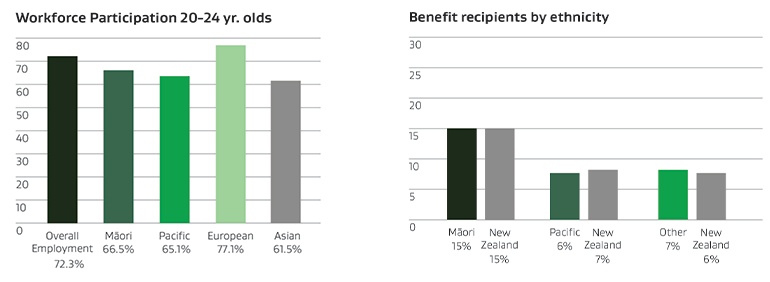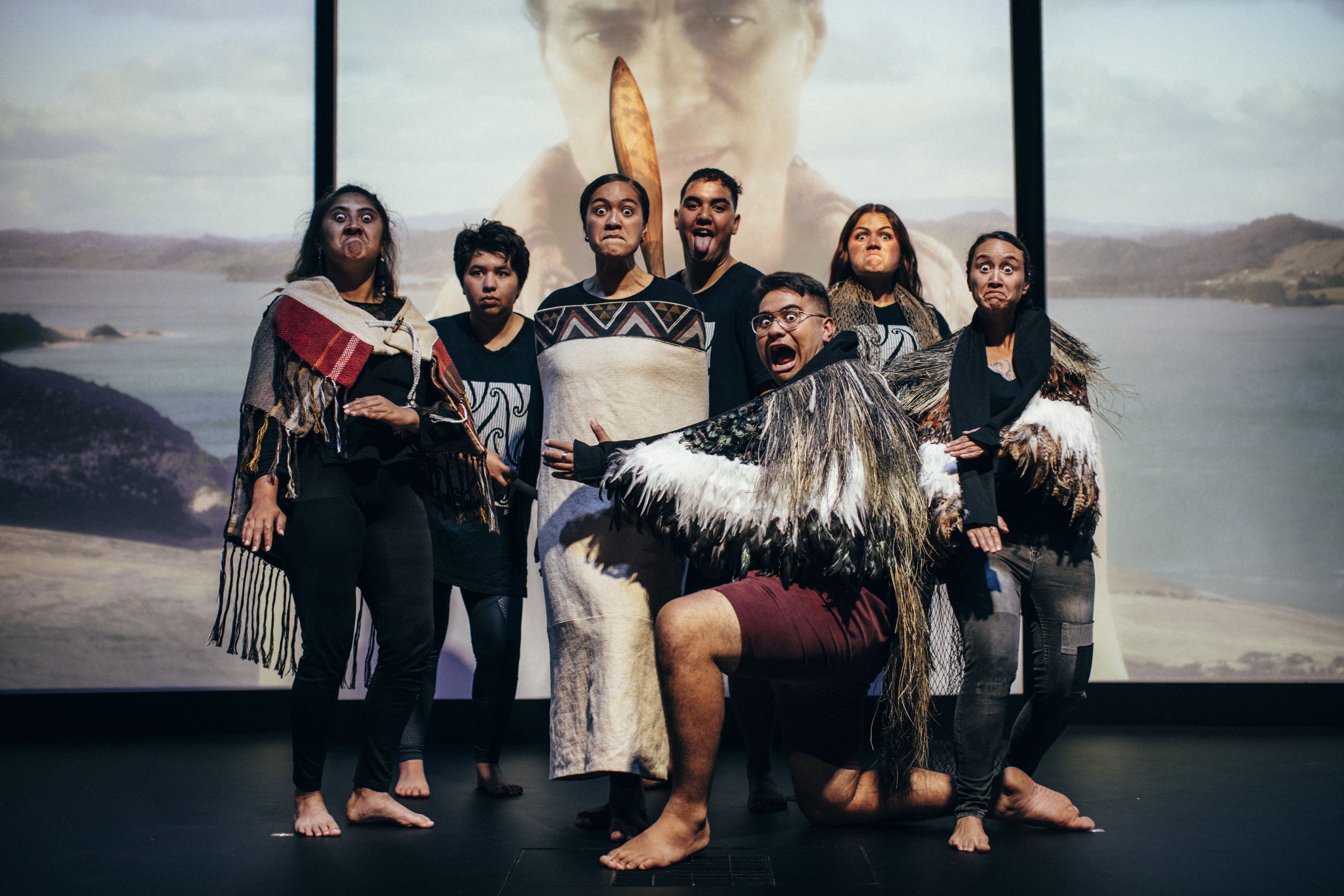The Waikato workforce
The region’s people are at the centre of this mahi. The dynamic of the Waikato community is changing, with migration patterns impacting on subregional communities as well as cities.
On this page

The region needs to ensure sustainable, decent and rewarding employment is available for current and future residents. It needs training programmes and enabling services to ensure its workforce are not only work-ready but inspired by career opportunities and industry needs across the Waikato and supported to explore these opportunities through fresh approaches to career counselling, mentoring and pastoral care. Investment is required to provide appropriate training for workforces facing disruption from environmental or technological changes, to ensure those workers are developing skills to allow them to secure productive and decent sustainable jobs.
The region also needs to empower under-served groups to have greater access and pathways into the labour market equally across the rohe. The Waikato RSLG identified 2 sub-groups in the regional workforce for priority action – rangatahi (youth aged 15 to 24 years) and the growing cohort of older workers (adults aged 55 years and older). The Group has given primary focus to rangatahi in this plan with the aim of focusing on the ageing workforce in the next iteration of the RWP.
Waikato rangatahi profile
Rangatahi living in the Waikato region make up 63,940 (12.6%) of the resident Waikato population. Around 43% of the Waikato region’s rangatahi live in Hamilton, with 70% living in the Hamilton, Waikato or Waipā areas. 32.3% of the rangatahi population resident in the Waikato region are Māori, compared to the national average of 22%. The areas with the highest proportion of rangatahi Māori are Waitomo (60.7%), and South Waikato (47.7%).
Around 30.5% of Waikato region’s rangatahi live in areas of high socio-economic deprivation, compared to the national average of 24%. The areas with the highest proportion of youth living in areas of high deprivation are South Waikato (75.5%), followed by Hauraki (56.8%) and Waitomo (53.4%).
A socio-demographic profile of rangatahi in the Waikato [PDF 1.5MB](external link)
The young people not in education, employment or training (NEET) rates in the Waikato region have been consistently higher than the national average over the last decade:

Text description

Text description

Text description
The data highlights differences sub-regionally in demographic, economic and educational challenges faced by residents. South Waikato and Waitomo districts, both with high rangatahi Māori populations, feature consistently as subregions of high priority need across all measures. Therefore, addressing the equity of opportunities that are available and accessible to rangatahi across the Waikato to help improve these outcomes was a key consideration in the actions of the RSLG.
The feedback from employers in the stakeholder workshops echoed a gap between work-ready expectations of employers and young workers. Employers acknowledged that there was work to be done to attract and retain young workers and support was needed to help local businesses become better employers of young workers, who can be particularly vulnerable.
As well as hearing from the voice of employers, the RSLG consulted closely with the Waikato Plan’s Youth, Training and Employment (YTE) advisory rōpū, and rangatahi-focused organisations such as Swivel Careers and Smart Waikato’s Secondary School Employer Partnerships (SSEP). Overall, the consensus from data and stakeholder engagement indicated that through collaborative leadership, increased connectivity and visibility of support services, as well as greater levels of effective support; these challenges can be converted into opportunities for better educational, training and employment outcomes for rangatahi across the Waikato.
The Group will continue to work collaboratively with rangatahi support agencies, stakeholders and external providers to develop rangatahi-focused actions aligned to the aspirations of the region.

Waikato workforce actions
-
Develop mentoring services to support the transition to work.
-
Ensure education, employment, and training services are tailored and culturally responsive.
-
Ensure training is easily accessible across the Waikato.
-
Support local, national and industry-led (peak body) initiatives to attract, train and retain workers in the Waikato region.
Case study: Circuit breaker trials for youth result in positive new directions
COVID-19 has adversely affected many youth across Waikato due to the challenges of extended lockdowns and economic downturn.
In response to this growing need, The Waikato Plan created a working group to better understand the challenges some rangatahi are facing.
“Our ultimate aim was to create new ways for these young people to find positive, new direction in life,” says Michelle Howie from The Waikato Plan.
The groups most affected by economic downturn include Māori, Pasifika, disabled, low-skilled and refugee/migrant communities. The circuit breaker trials were created to reach rangatahi in these groups throughout the Waikato region.
The aim of the trial was to:
- Introduce positive and inspirational elements into the lives of the young people to positively disrupt the likely path they were on and connect them back to training, employment or education.
- Create a change in perception among rangatahi and with the aid of support, to enable them to make different choices about what happens next in their life.
- Give employers insight into how to support vulnerable young people into work and reinforce the life-changing aspects of this.
Different trials took place across key areas and demographics, including Raglan Area School, Hamilton Cook Island Association, South Waikato Pacific Islands Community Services, Paeroa College Alternative Education Unit, Anglican Action, Ngā Taiātea Wharekura and Shama Ethnic Women’s Trust.
The results of the trial provided enlightening and achievable opportunities for the rangatahi involved and created the ability for them to make different choices about what could happen next in their lives. Employers also gained valuable insight into how they could support these vulnerable young people as they transition into the workforce.
Circuit breaker trials for youth affected by COVID-19, result in positive, new directions(external link) — The Waikato Plan

